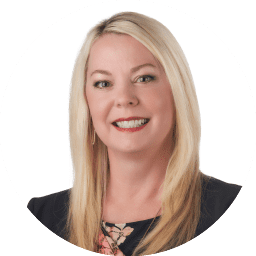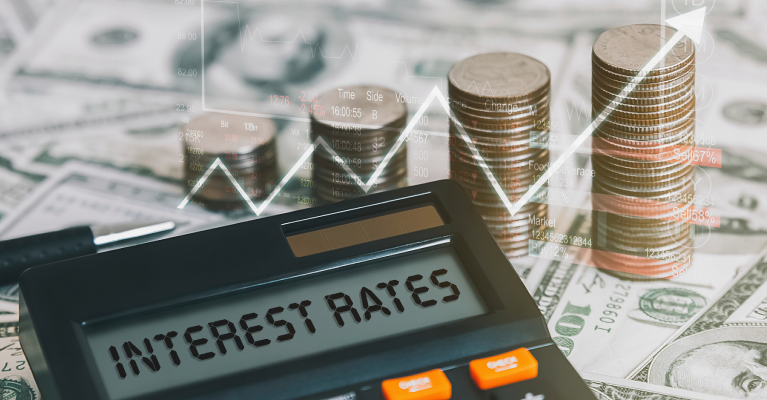Many people know the importance of establishing and building credit and using it wisely, so they have good credit.
While there are many tips and resources to learn how to manage credit, reduce debt and increase their scores, the types of credit available to them and which are best suited to their needs can sometimes be overlooked.
There’s more to managing credit than choosing the right rewards credit card, after all. In fact, a recent WSFS Bank Money Trends survey found that nearly seven in 10 (69%) respondents in the Greater Philadelphia and Delaware region that have used a personal line of credit or loan in the past 12 months did so for a large purchase or to do something important to them, like buying a car, buying or remodeling a home, or going on vacation.
With a few simple steps, you can identify your credit needs and the products that work best for you in the short- and- long term.
Here’s how to get started.
Evaluate How You Use Credit Cards
This step is crucial. If you already have a credit card with terms and rewards that you like such as cash back for purchases, and that you can afford to repay without carrying a monthly balance, your best step may be to stick with it.
If you use your credit card to pay monthly bills, like utilities, make sure you aren’t being hit with a surcharge by the payee, which might negate any rewards you are earning.
By continuing to use and pay off your credit card, you’ll also continue to build your credit score, which will help you get better rates on other loans when you need them, like a personal loan or line of credit, mortgage or home equity line of credit (HELOC).
However, if you find yourself falling behind, first take a hard look at your spending and see where you can cut back on expenses. Then, start paying off revolving credit card debt, starting with the card that has the highest interest rate.
Look for Flexibility
If you are looking at a longer-term need, such as an unplanned large expense or to consolidate debt, or even a planned large purchase like paying for a wedding, a personal loan or line of credit maybe a fit.
Personal loans are set for a fixed amount and paid off over a fixed amount of time at a fixed interest rate, typically lower than a credit card, so there are no surprises for the borrower over the life of the loan. These set terms provide an opportunity to manage your debt with assured timelines and costs to pay what you’ve borrowed.
Meanwhile, a personal line of credit gives you the flexibility to borrow what you need when you need it, up to a fixed amount pre-determined by your lender. Similar to a credit card, you only pay interest on what you have borrowed if it isn’t paid back in full.
If you have periods of fluctuating income or bills and need some additional funds to work with for a short period of time, a personal line of credit may be a good option. The Money Trends survey found that 65% of regional respondents have used a personal loan or line of credit in the past 12 months to pay bills, indicative of the flexibility these credit options provide to borrowers.
Other Borrowing Options
The Money Trends survey revealed that more than one-quarter (26%) of respondents borrowed money from family or friends during the past year, while another 20% tried using “buy now, pay later” (BNPL) options.
BNPL is like using a credit card, with a few key differences.
First, BNPL requires consumers to pay for a purchase in fixed installments, whereas a credit card is revolving and requires only the minimum payment. While it is recommended to pay more than the minimum on any credit card, if you have a month where funds are tight paying the minimum will not hurt your credit score. Unfortunately, if you miss a BPNL payment, the lender may report you to the credit bureaus, negatively impacting your score. Also, BNPL does not help build your credit score.
BNPL options can also charge a high interest rates or fees if you miss a payment, so make sure you clearly understand the terms of your purchase. Also keep in mind that it may be easy to lose track of how many BNPL purchases you’ve made, causing you to accidentally over-extend your finances, which makes planning and budgeting a challenge.
Finally, not all retailers accept BNPL as an alternate form of payment, and not all BPNL policies are the same when it comes to initial installment payments, returns and built-in fees.
When evaluating your borrowing needs, it’s important to consider repayment terms and interest rates associated with the different types of credit products that are available. No matter what type of credit or loan products you use, have a backup plan in place for the unexpected to ensure you can repay what you’ve borrowed.
Talk to your local banker to determine what credit options best suit your personal needs.

Helping you boost your financial intelligence.
Read our financial resources from your friends at WSFS.




